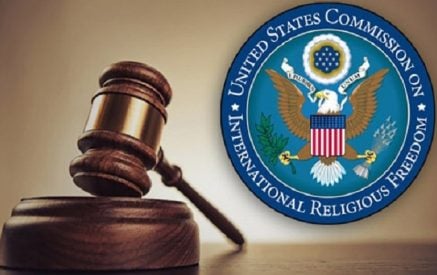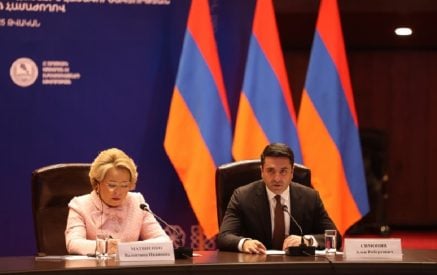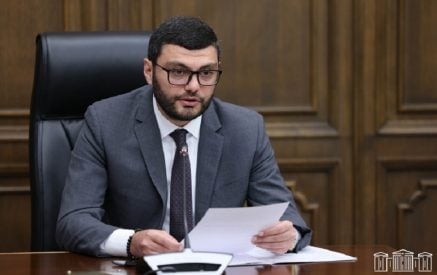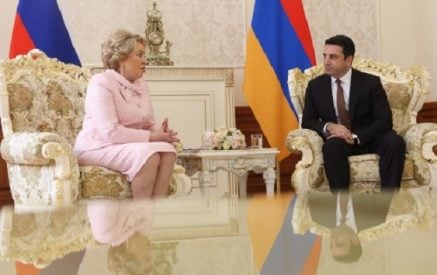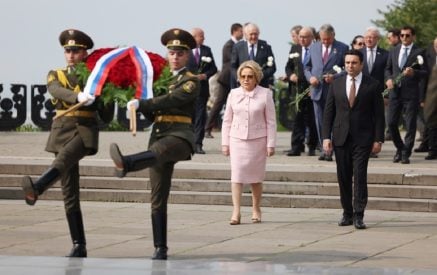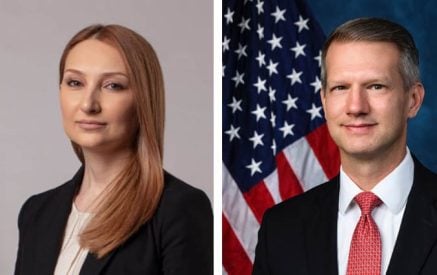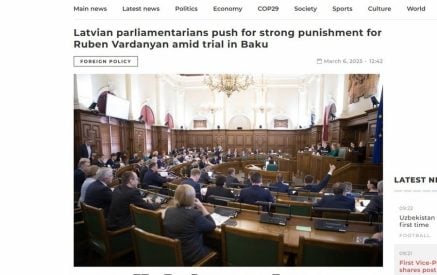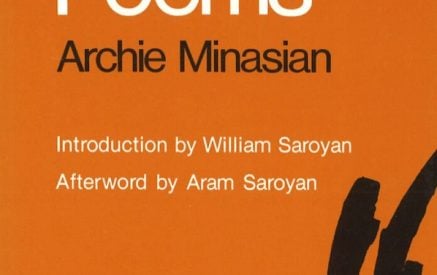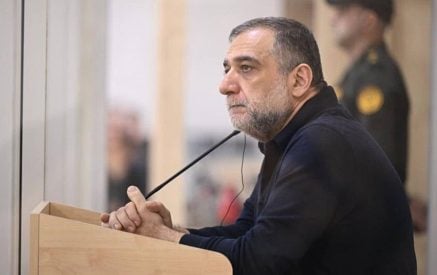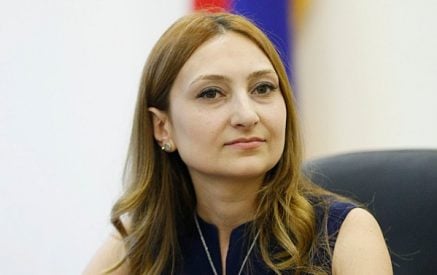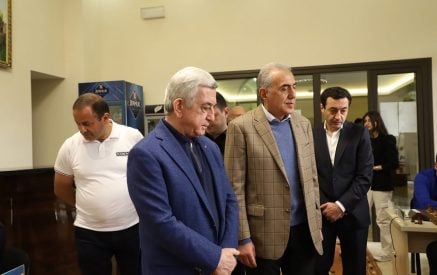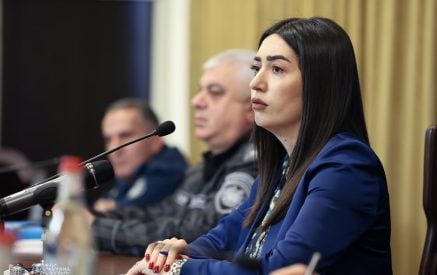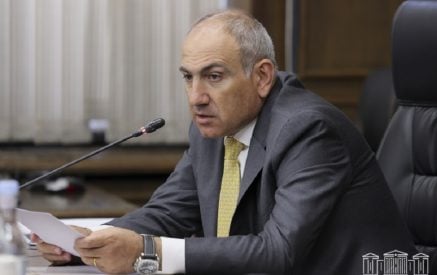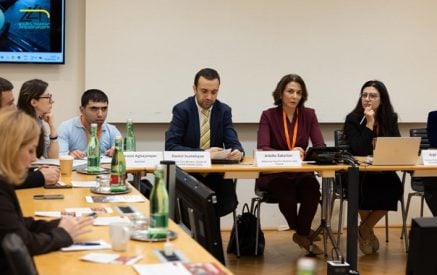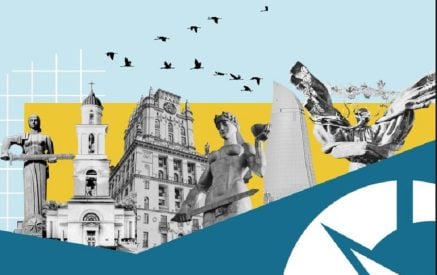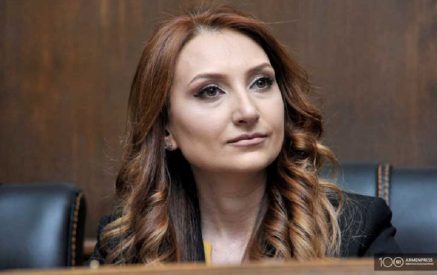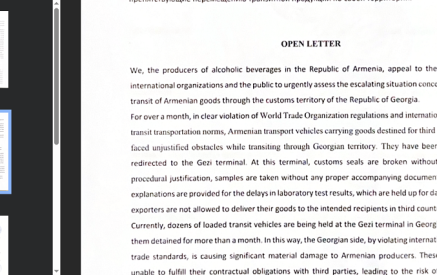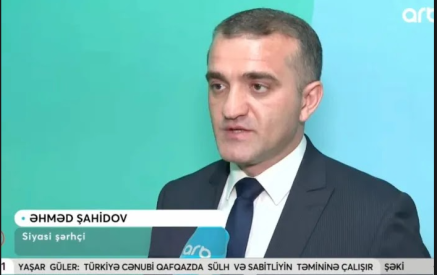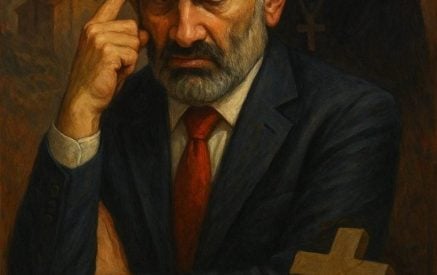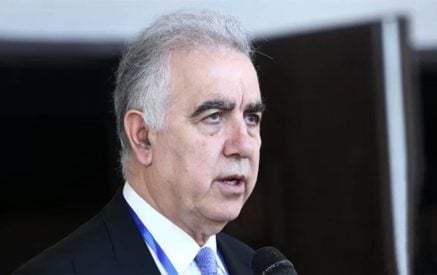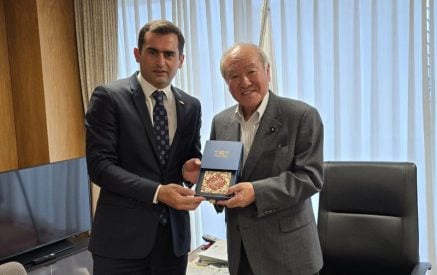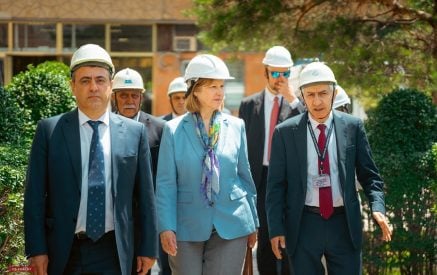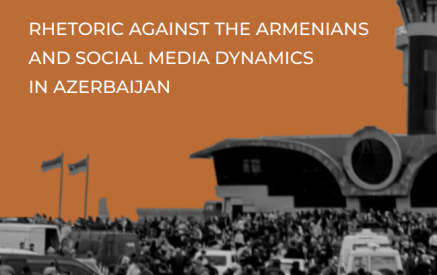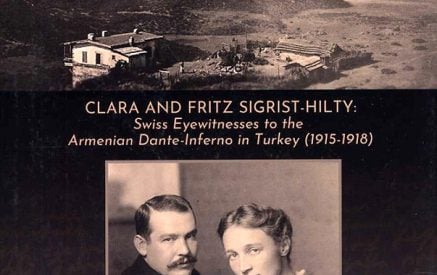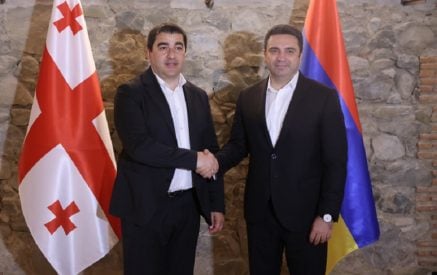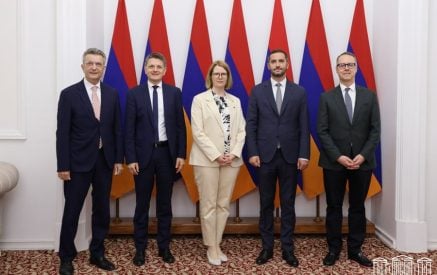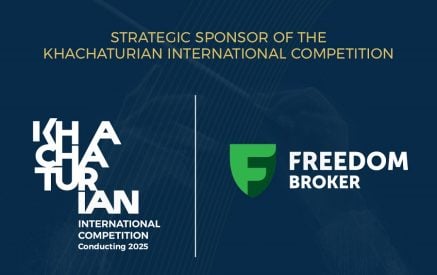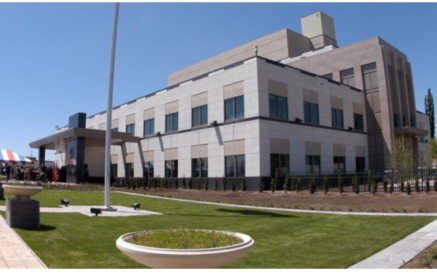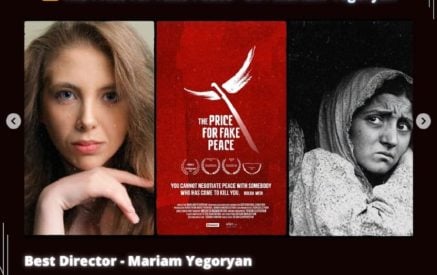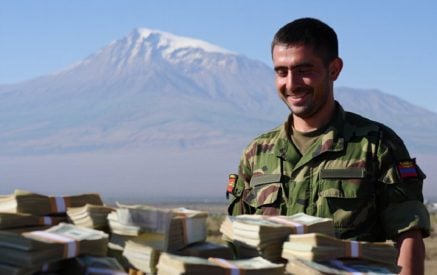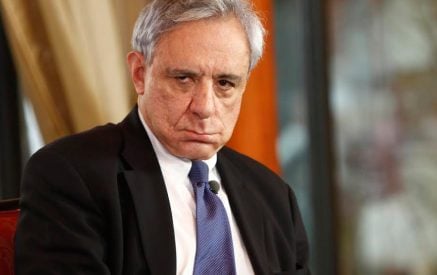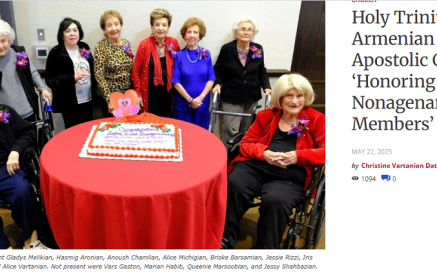On the right side of history?
Opinion. Winfried Dallmann, author of the book Tårer ved Ararat
ANCIENT ROOTS: The conflict over Nagorno-Karabakh is actually an extension of the hostilities after the Armenian genocide – which Norway has not yet acknowledged, the author writes.
Read also
Again, we are experiencing serious fighting on the border between Armenia and Azerbaijan and around the disputed area of Nagorno-Karabakh (Armenian: Artsakh), with loss of civilian life. At the same time, we hear that Turkey is recruiting Syrian mercenaries and transporting them to Azerbaijan.
Unfortunately, this only leads to rather tepid news articles in the Norwegian media. But should one not take a clear stand against injustice and be on the right side of history?
Medieval Armenia includes parts of eastern Turkey, present-day Armenia and adjacent parts of Iran, Azerbaijan and Georgia. Since the invasion of Turkish tribes in the 11th century, Armenia has been a toss-up between its powerful neighbours, and the Armenian population has suffered great injustice, a development that culminated in extensive massacres under Sultan Abdülhamid in the Ottoman Empire.
About 300,000 people were brutally murdered in 1895. A historic milestone was reached with the cruel genocide of 1.5 million Armenians, Greeks, Assyrians and other Christian minorities during World War I. Turkey and Azerbaijan continue to deny that there has been a planned genocide and accuse the Armenians of starting the hostilities themselves. All Western research has refuted the Turkish version. The current events fit into this picture.
Nagorno-Karabakh (Artsakh in Armenian) has always had a large Armenian population – 90 percent when the borders were defined by the Soviet Union in 1922, and still 75 percent in 1988.
When the Soviet Union established the borders, Nagorno-Karabakh was given into the control of Azerbaijan. The reason was that it did not border Armenia. By comparison, Nakhichevan, which does not border Azerbaijan but Armenia, was also incorporated into Azerbaijan. The real reason was obviously behind the demands made by Turkey and the Muslim majority in the southern Soviet Union, who the Soviet Union did not want to provoke. Today, international law is used to defend this unjust aerial distribution.
The Artsakh Armenians complained about the neglect of the area’s development by Azerbaijan. Several times during the Soviet era, Armenia made vain demands to transfer the territory. During the perestroika policy in 1988, this was expressed by massive but non-violent protests.
When Nagorno-Karabakh (still with 75 percent Armenians) voted to secede from Azerbaijan, Azerbaijani mob began massacring Armenians in Azerbaijani cities – first in Sumgait (February 1988), then in Kirovabad (now Gandja, November 1988) and in Baku (January 1990). The mob broke into Armenian homes, killed residents, raped, mutilated and killed women and children. This was reported in the Western press at that time years and is supported by both eyewitness accounts and scientific analyses.
The pattern has repeated itself since Abdülhamid’s time: non-violent Armenian protests are answered with cruel abuses. The police did not intervene until after a few days, in other words, the abuses were approved by higher authorities. Following these incidents, hundreds of thousands of Armenians and Azerbaijanis, the latter fleeing from revenge, fled to their respective national homelands.
In 1991, both Armenia and Azerbaijan declared independence. The Armenians saw themselves forced to resort to power to save the Artsakh Armenians from further Azerbaijani aggression. The war lasted for three years and cost over 30,000 lives, until a ceasefire was signed in 1994.
“Armenia needs all the support they can get.”
Then the Armenians controlled almost the entire Artsakh as well as the strip of land in between to be able to defend it. Artsakh’s independence is not recognized by any other country. Reference is made to international law. But did the same international law apply when, among others, Norway accepted that Kosovo broke away from Serbia?
Who should one believe in, when both parties accuse each other of having broken the ceasefire? Armenia controls the territory to which it is entitled and seeks international recognition. In the event of further armed conflict, they can only lose.
It is the dictatorship of Azerbaijan that cannot find itself in a loss of territory and feels the need to rally the people against its despised enemy.
Azerbaijan accuses Armenia. After the exchange of fire last July, they urged their compatriots abroad to take revenge. This led to angry Azerbaijanis attacking and even killing random Armenians as well as vandalizing Armenian institutions, especially in Moscow, but also in several American and European cities with a large Armenian diaspora.
To date, 32 states as well as many other regions have explicitly defined what happened during World War I as a planned genocide, including most Western European, North and South American countries and Russia. Several European countries have made it a criminal offense to deny it. But Norway refuses to recognize the Armenian genocide.
Fridtjof Nansen and mission nurse Bodil Bjørn have a status of heroes in Armenia due to their efforts during and after the genocide. It is more difficult for the Armenians to understand that Norway is not among those who defend their case.
Several dubious explanations have come from the official Norwegian side: “The term genocide was first defined by the League of Nations in 1948 and can therefore not be used retroactively.” “This is a question for historians, not for politicians.” “This is something that Turkey and Armenia themselves need to clean up.”
The two first do not pass due to their own unreasonableness. The latter is the worst thing imaginable. What if Norway had said that the Holocaust was something that the Jews and the Nazis had to clean up themselves? For Turkey has never taken a stand against its genocidal past.
The real reason must be that Norway has extensive economic cooperation with both Turkey and Azerbaijan, not least strong oil interests in the latter. Norway still refuses to call a spade a spade, does not take a stand in the ongoing conflict and thereby indirectly supports the abusers. Armenia is locked in between two aggressive regimes that engage in falsification of history, raise their children to hate Armenians, lie about what they do and continue to destroy Armenia piece by piece. Armenia needs all the support it can get, if so only of diplomatic nature.
The only security guarantee Armenia has, apart from its own defence capability, is a Russian military base in the town of Gyumri. Russia has so far managed to put an end to all Azerbaijani attempts to destabilize the ceasefire. How Russia will react when there is a major conflict that may involve Turkey is uncertain.
What we have experienced since 1988 is basically an extension of the hostilities after the genocide, carried out by Armenia’s Turkic neighbours, where they were locked down in 1920. If Norway wants to continue to be known as a country that values human rights and defends the weak, then it has a job to do here! Because if you do not speak out in clear text and follow this up at the political level, the Turks and Azerbaijanis will get what they want.
Klassekampen, October 2nd, 2020 (slightly edited Google translation from Norwegian)


